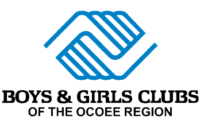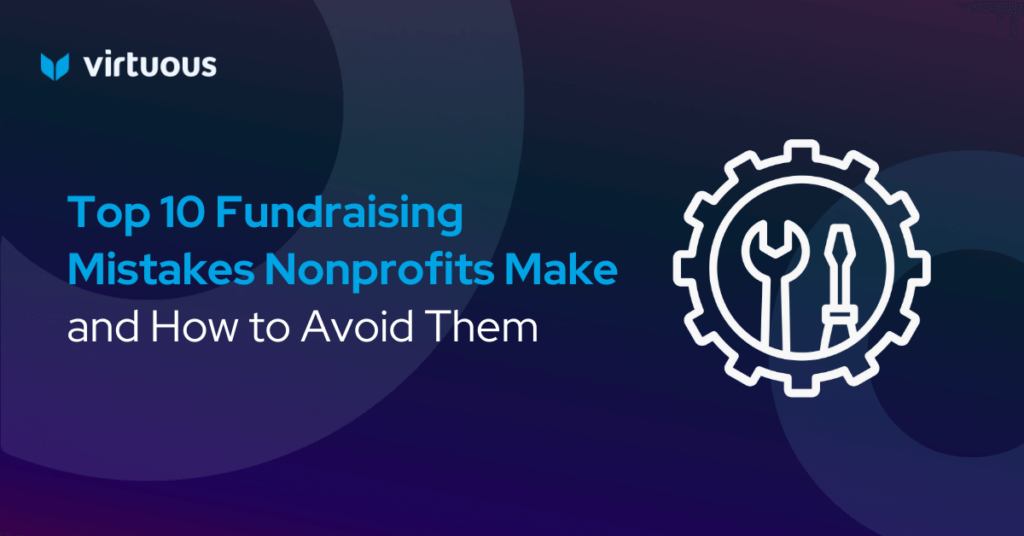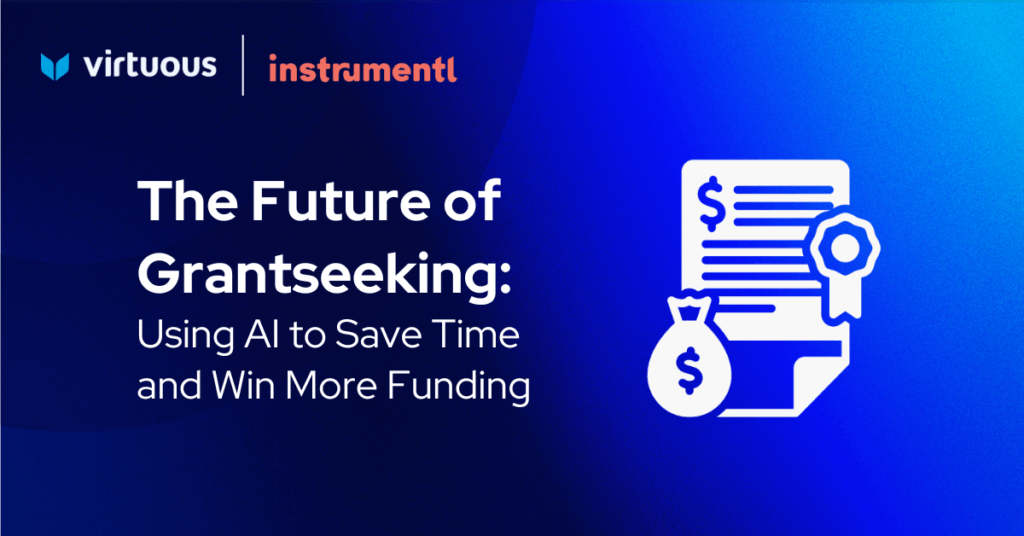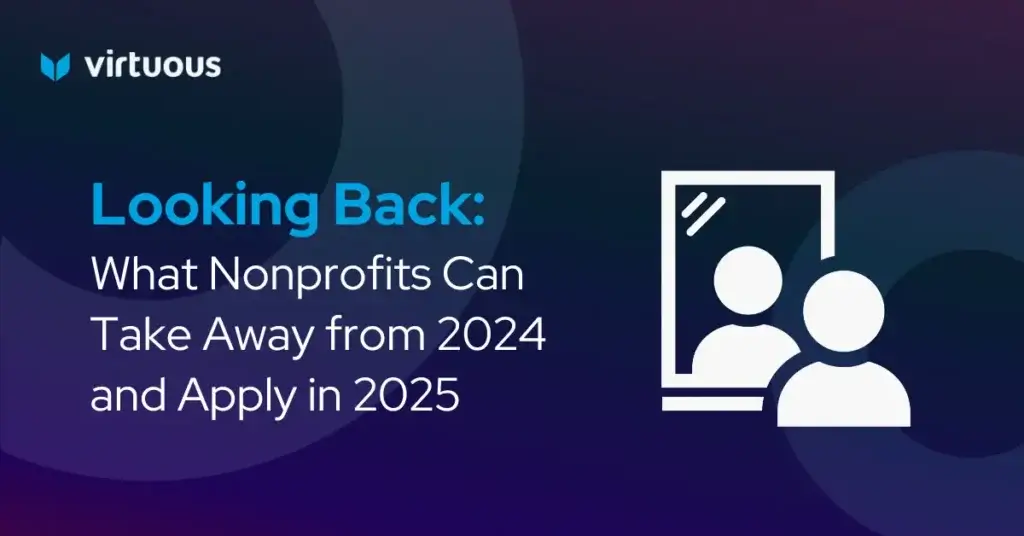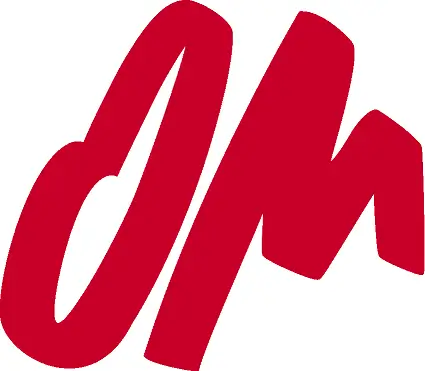The decline in donors and volunteers isn’t due to “donor fatigue” but a lack of meaningful engagement. To build donor loyalty, nonprofits need to focus on gratitude, personalized communication, showing tangible impact, and fostering partnerships. By rethinking stewardship and improving donor experiences at every touchpoint, organizations can reverse this trend and strengthen retention.
Houston, we have a problem.
The number of donors and volunteers has declined slowly and steadily for the last 20 years. In 2008, 65% of households reported donating to nonprofits. In 2018, that dropped to below 50%. Volunteer rates have bottomed out at a 15-year low of 23% in 2021.
The average donor retention for nonprofits in the U.S. has hovered around 40% for too long. This means nonprofits are losing 60% of their donors each year. That number is even higher for first-time supporters—nearly 80%, on average, are not making a second gift.
This amount of donor churn should be sounding alarms with nonprofit executives, especially as we face a workforce shortage and a burnout crisis.
Why should we care about donor loyalty and retention? We have megadonors, right?
As cited in a recent Generosity Commission series of reports, nonprofits are more than just powerful platforms that make our communities better places to live: They are a bedrock of our society. When fewer people give to and volunteer with nonprofits, we miss out on the strength of diverse perspectives, spaces for social connection, and the practice of civic engagement.
We get distracted by the record amount of total giving to nonprofits and think that the proverbial house isn’t on fire. Quite the opposite, it’s ablaze. The loss of everyday donors and volunteers is a crisis for nonprofits and weakens our civil society. Giving and volunteering don’t just benefit nonprofits; they meet local needs, build a community around shared values, and strengthen our social fabric.
Declining donors and volunteers is a wake-up call that nonprofit leaders can address by rethinking our idea of stewardship. What if we reverse-engineered stewardship with the ideal experience we want our donors to have with our organization?
The Myth of Donor Fatigue
Let’s start with one of the most persistent myths in nonprofit fundraising—that donors stop giving because they’ve gotten tired of giving over time. We convince ourselves that “donor fatigue” results from too many asks or too much communication that overwhelms supporters and causes them to disengage. Or they’re too tired of supporting the growing number of causes and issues we face daily.
What’s happening is a lack of meaningful engagement. Donors don’t stop giving because they’re tired—they stop because they don’t feel connected to the cause or see the impact of their contributions. Donors who don’t feel valued might interpret repeated solicitations as transactional rather than relational. It’s not the frequency of asks that leads to disengagement but the absence of authentic connections and communication.
So, rather than blaming donor fatigue, let’s start with designing the experience someone has before, during, and after making a gift. Because when you foster genuine relationships over time, supporters will continue to feel excited about contributing to your cause.
Let’s break down how organizations can improve donor loyalty, debunk the myth of donor fatigue, and get back to the basics of meaningful donor engagement.
Rethinking Donor Experience: Moving Beyond Transactions
At the heart of strong donor experiences is a shift from transactions like making a gift, receiving a thank you note, or getting added to a newsletter mailing list to one in which every touchpoint with a donor reinforces that they are generous and caring and a part of a bigger solution your organization is leading. When donors feel like they are making a meaningful difference—and when you show them that difference—they’ll have a positive experience and may even remain loyal.
Let’s start with some core principles that make a great donor experience:
Prioritize Gratitude
This is the bedrock of donor experience. Too often, organizations see donor recognition as an afterthought or a “must-do.” Instead, strong donor experiences are built on a foundation of gratitude that goes beyond saying “thank you.” Donors want to feel appreciated, and they want to know that their contributions are making a difference. A heartfelt outreach can reinforce the relationship and keep them engaged for the long haul.
Go beyond a simple thank you—how can you personalize updates in all the communication channels? Who can extend those gestures of gratitude?
Communicate Regularly—But Make it Personal
It’s not just about how often you reach out to donors; it’s about how meaningful those interactions are. Regular communication is critical, but generic, one-size-fits-all messaging won’t resonate. Instead, personalize your outreach.
Learn through surveys what your donors’ interests are so you can share information they want to hear. Acknowledge your donors’ previous contributions (especially what programs they’ve supported) and tell them how their gift is being put to work.
Just like with any relationship, celebrating milestones can also deepen the connection. Recognize anniversaries of a donor’s first gift, birthday, or other special occasion if you know those. Personalized thank-you notes, impact reports, and even phone calls from board members and staff with exclusive updates can go a long way in fostering loyalty.
Show Impact in Tangible Ways
The #1 reason why donors give is because they want to make a difference. They want to be part of a solution to a problem they care about. This is why simply sending a standard thank you note for their gift is not enough.
Evaluate your communications to see if what you say in your materials answers the question, “How did my gift make a difference?” This is where storytelling becomes crucial. Share success stories highlighting the real-world impact of their donations, such as individuals or communities who have benefited. Data-driven impact reports, photos, videos, and testimonials can all illustrate the value of their ongoing support.
Invite Donors to be Partners, Not Just Contributors
Successful donor engagement doesn’t stop at the donation—it’s an ongoing relationship. Invite donors to become active partners in your mission by offering them opportunities to participate in events, volunteer, share advice, or advocate for your cause. They’re more likely to stay engaged when they feel part of a community working toward a shared goal.
Donor loyalty is not built overnight—it results from consistent, thoughtful engagement over time.
Listen to Your Donors to Build Donor Loyalty
Engagement is a two-way street. Take the time to solicit feedback from your supporters and truly listen to their concerns, ideas, and suggestions. By incorporating their input into your organization’s plans, you show that you value their opinions and see them as more than just financial contributors. This can deepen their investment in your cause.
We have it within our control to reverse the declining donor crisis and improve donor retention within our sector. It just takes a mindset shift to redefine stewardship as a donor experience and everything that goes into how a donor feels at every interaction with our organization.




